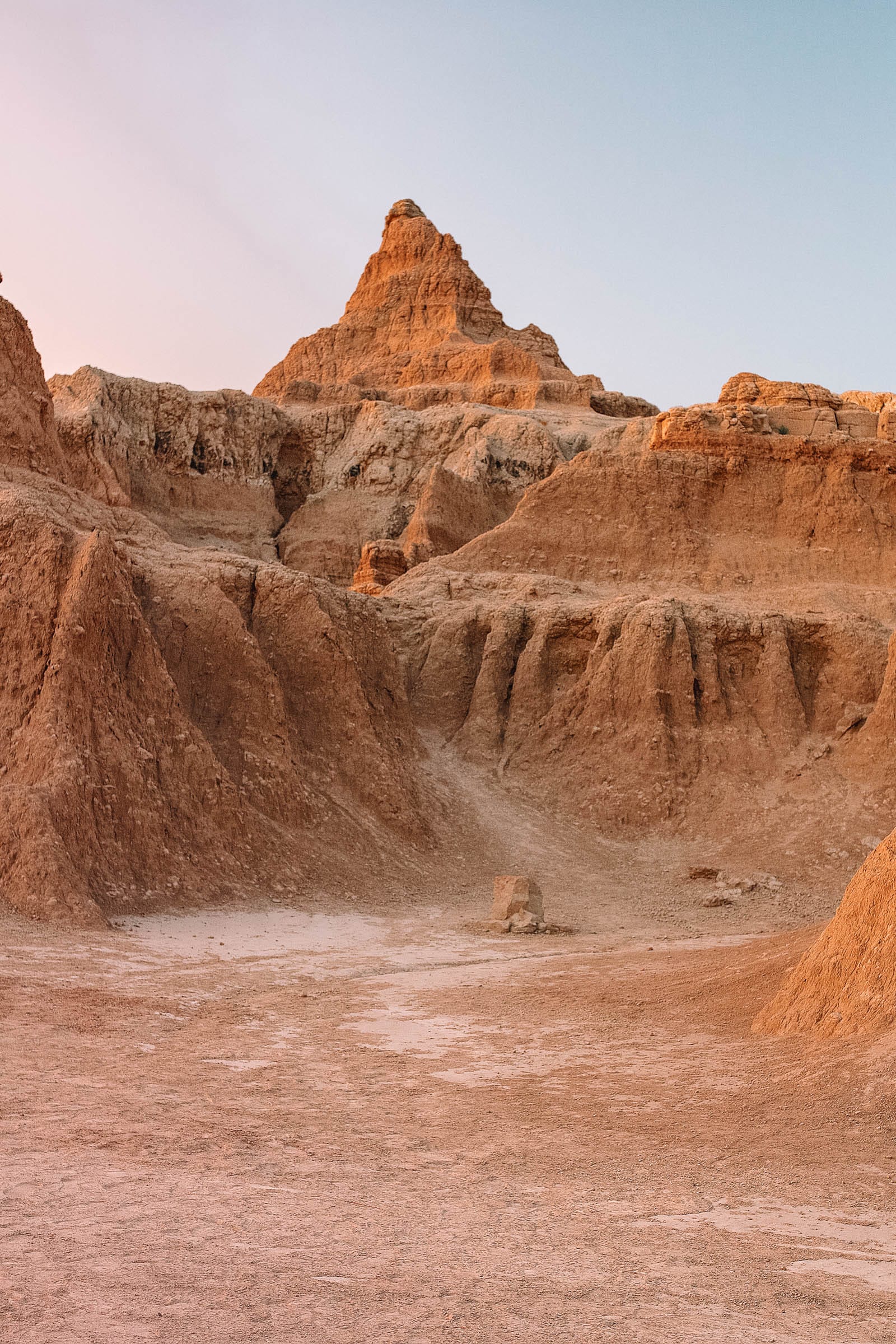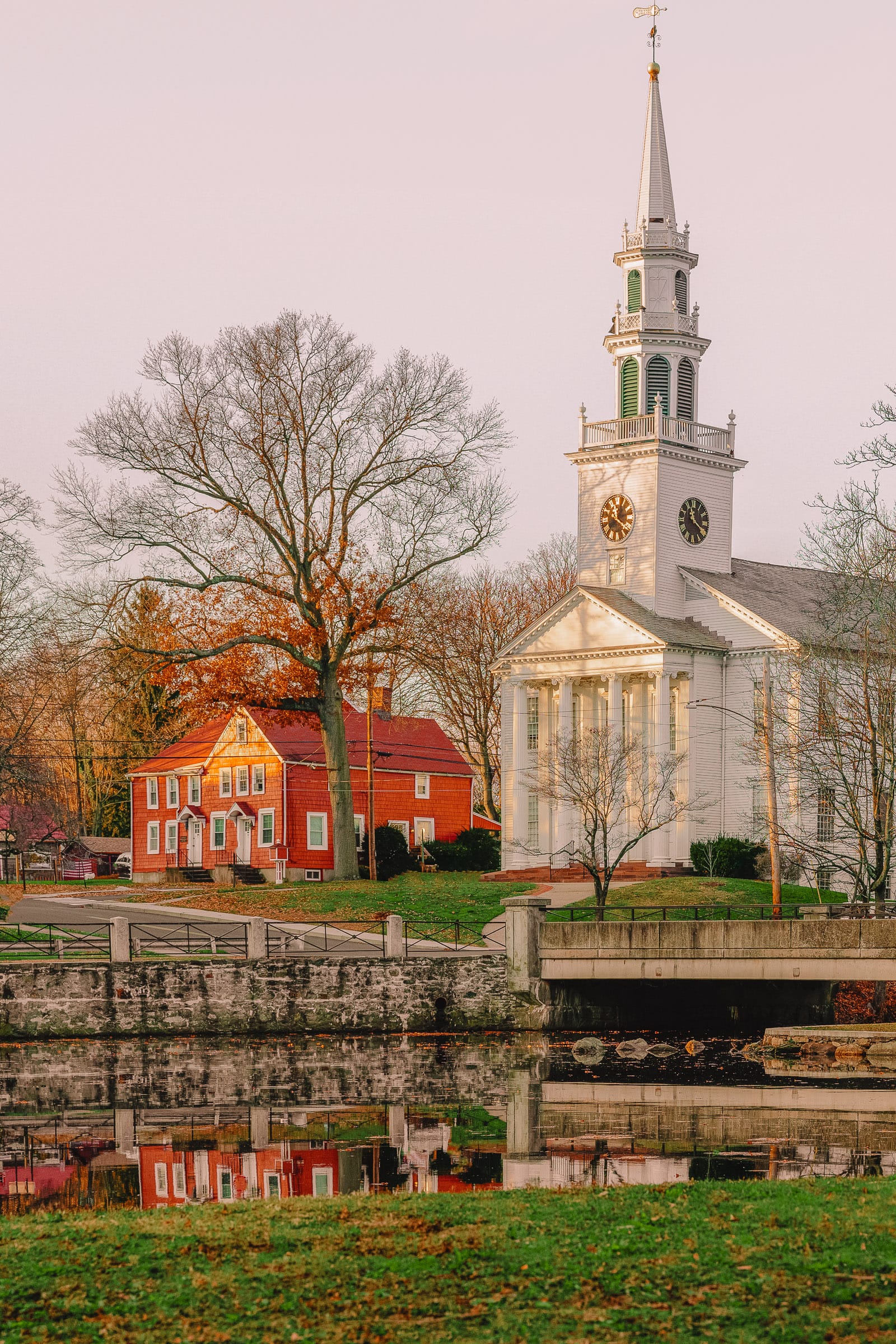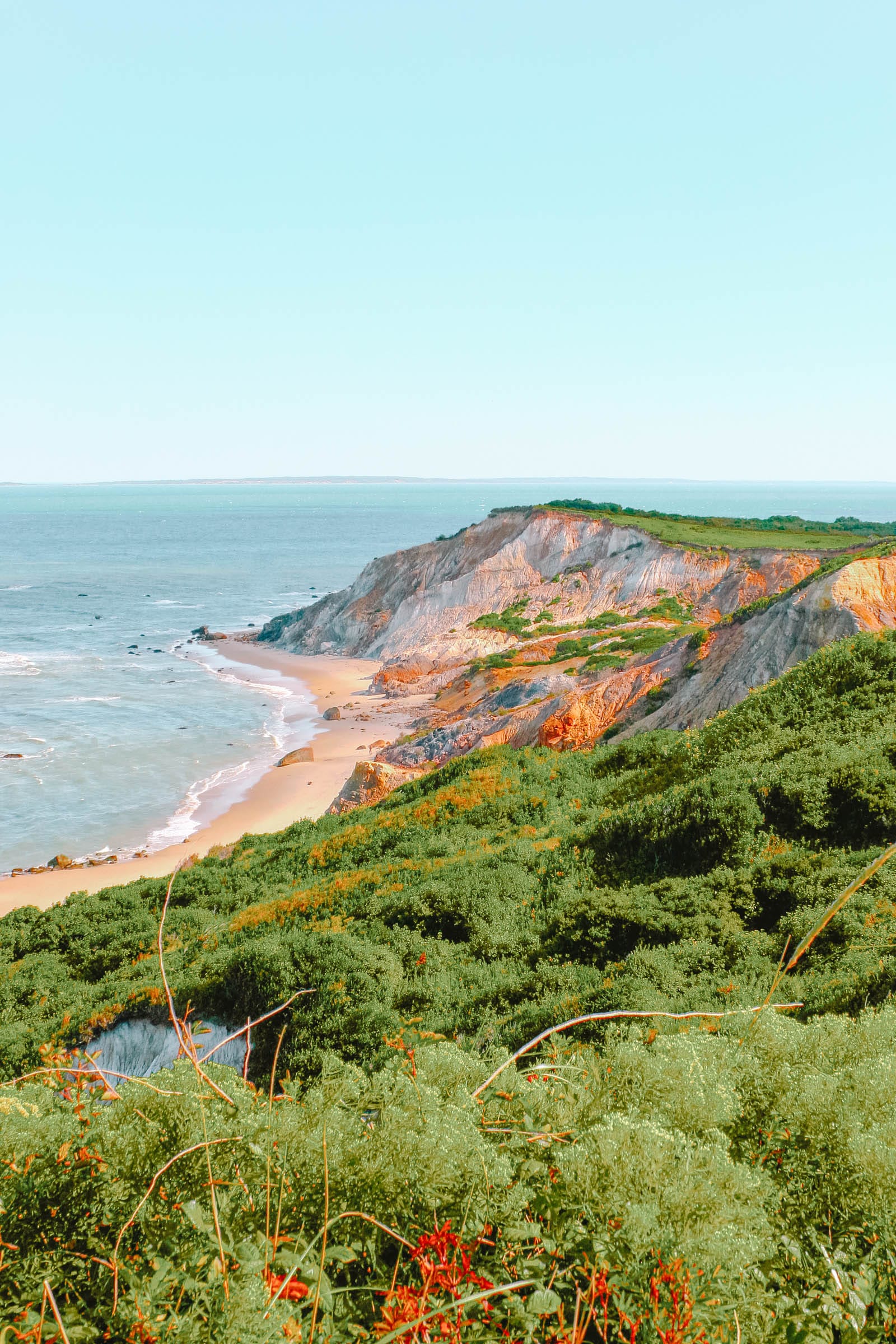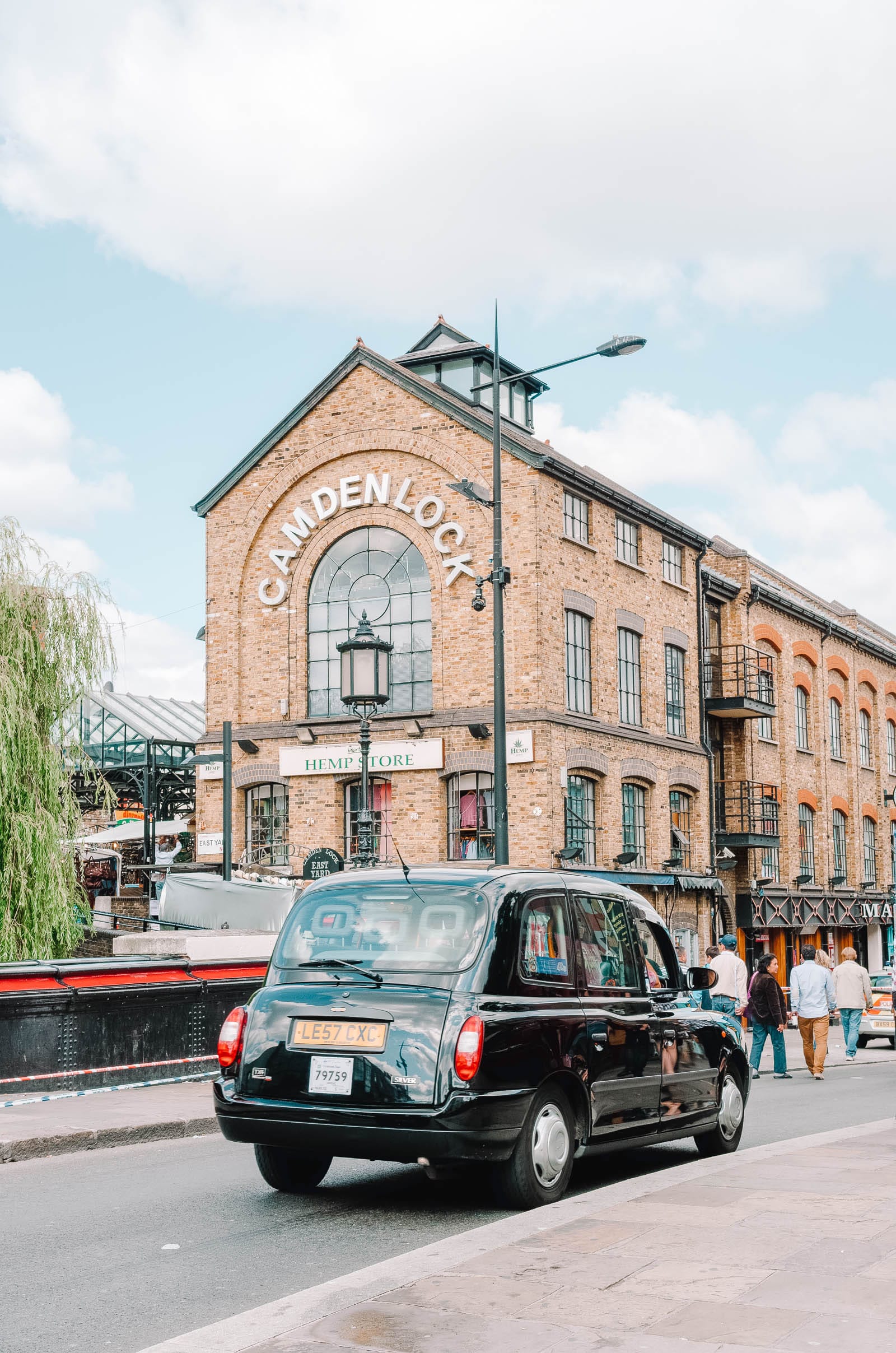“Eigi skal höggva!” (Do not strike!) were the last words of Snorri Sturluson, saga author and chieftain of the Sturlungar clan.
In 1241, during the height of the Age of the Sturlungs – the bloodiest period of Icelandic history – the ruling clans fought for power. Snorri was assassinated in his home in Reykholt, Borgarfjörður by the men of Gissur &THorvaldsson of the Haukdælir clan. Three years earlier, Gissur had defeated the Sturlungar in the fateful battle Örlygsstaðabardagi.
&THorður kakali, of the Sturlungar clan, sought vengeance resulting in Flóabardagi – Iceland’s only sea battle in 1244 – and later in 1246, Haugsnesbardagi (Battle of Haugsnes), when almost 100 men were killed.
In 1253, Gissur’s enemies set fire to his farm Flugumýri, but he managed to escape. Ten years later, Iceland lost its independence to Norway, marking the end of the Age of the Sturlungs – and the Icelandic Commonwealth.
Wherever you’re headed on your travels in Iceland, pay attention to place names. You might recognize some from the sagas because this history is all around you. In Skagafjörður, you’ll find Örlygsstaðir, where the largest battle in Iceland’s history took place in 1238. In Sauðárkrókur nearby, augmented reality experiences allow you to participate in these historic battles.
The Age of the Sturlungs
These bloody events are documented in the Sturlunga saga. Most of them played out in Skagafjörður in North Iceland.
In Sauðárkrókur, the region’s capital, the Icelandic civil war is re-enacted at 1238 – The Battle of Iceland. Here, you can learn more about 13th-century Iceland and delve into Örlygsstaðabardagi – the largest battle in Iceland’s history – through augmented reality experiences.
Closer to Varmahlíð in Skagafjörður, Kakalaskáli offers an exhibition dedicated to the Age of the Sturlungs, focusing on the story of chieftain &THorður kakali. Outside, the bloody Battle of Haugsnes is commemorated through a large-scale outdoor installation.
In West Iceland, visit Snorrastofa in Reykholt for an exhibition about the life and work of Snorri Sturluson, including the original pool where Snorri used to soak and relax after a busy day.

Sagaland
In 1241, Snorri may have been silenced, but his words live on. He chronicled the stories of the Norse kings in Heimskringla and played a crucial role in preserving Norse mythology and poetry in Snorra-Edda. He was likely the author of Egils saga, which largely took place in West Iceland.
West Iceland is the cradle of the country’s literary tradition. It is where most of the manuscripts were written, and many of the sagas were set. The Sturlunga saga is a contemporary story, but the other sagas feature much earlier events. Thus, as we dive deeper into history, prepare to travel back to the 9th and 10th centuries, when Iceland was being settled.
The settlers and the enslaved
At the Settlement Center in Borgarnes, you can learn more about the challenges the first Icelanders faced in an uninhabited land. People came searching for riches and freedom, or they were brought in chains to serve as slaves.
Among them was &THorgerður brák, an Irish woman “owned” by settlers Skallagrímur and his wife Bera. They built their home in Borg á Mýrum, near Borgarnes, and tasked &THorgerður with raising their son, Egill.
Egils saga does not elaborate on &THorgerður or her relationship with Egill, but it details how she attempted to defend him when Skallagrímur attacked. When Skallagrímur’s rage turned against her, she ran into the ocean but tragically disappeared.
Egill later honored her memory by naming his daughter &THorgerður. The channel where &THorgerður brák met her fate is now called Brákarsund. You can learn more about Egill Skallagrímsson’s adventurous, violent, and tragic history at the Settlement Center.

Voyaging far and wide
Further to the west, in the lush Dalir region, lies Eiríksstaðir of Eiríkur rauði. Conflicts prompted him to leave Iceland for the newly discovered land, Greenland, where he founded two colonies.
Eiríkur’s son, Leifur heppni, traveled further west and is recognized as the first European to reach North America around the year 1000 AD. Their adventures are chronicled in Eiríks saga rauða and Grænlendinga saga.
At today’s Eiríksstaðir, a longhouse has been constructed based on archaeological findings and written accounts. It serves as a living museum where visitors can experience the Viking era through storytelling by the fire or by trying on clothing and tools similar to what the settlers once used. Nearby, Vínlandssetur is dedicated to the explorations of Leifur heppni and his crew.
On Leifur’s ship was also Guðríður &THorbjarnardóttir, who is said to have traveled further than any woman of her time. After her ventures to Greenland and North America, she returned to Iceland and converted to Christianity. In her old age, she undertook a pilgrimage to Rome, and there’s a memorial for Guðríður at Laugarbrekka, the farm where she grew up on Snæfellsnes.
Deadly love triangle
“To him I was worst whom I loved best,” responded Guðrún Ósvífursdóttir when asked which of her husbands she cherished the most. Readers of Laxdæla saga continue to ponder this mystery. The saga revolves around a love story involving Guðrún and foster brothers Kjartan and Bolli, leading to tragic conflicts.
Guðrún lived at Laugar í Sælingsdal. The pool where she used to bathe has been reconstructed and is open to the public. As you soak in Guðrúnarlaug, let your mind wander back to the time she frequented the pool with Kjartan and Bolli – and to their tragic love story.

The fairest of hillsides
“Fögur er hlíðin” (fair is the hillside) said Gunnar á Hlíðarenda of his home in Fljótshlíð. He was about to leave the country to escape his enemies but ultimately decided to stay and face them instead.
Gunnar was friends with his neighbor Njáll of Njáls saga, who lived at Bergþórshvoll with his wife Bergþóra. The tension between Bergþóra and Hallgerður, Gunnar’s wife, added to the conflicts that led to the tragic ending of Gunnar’s life.
Njáls saga is the longest and most colorful of the Icelandic sagas. In Hvolsvöllur, the region where the story unfolds, Sögusetrið Saga Center is dedicated to the dramatic narratives and main characters of the saga.
This saga also inspired the creation of the impressive 91.16m (299 ft) long Njálurefill tapestry. Locals and visitors embroidered scenes from the saga using Viking Age techniques between 2013 and 2020. An exhibition space for the tapestry is underway at the LAVA Centre in Hvolsvöllur. Meanwhile, in Blönduós in North Iceland, a similar piece, the Vatnsdæla á refli tapestry, is currently in progress.
While in Reykjavík, visit the Saga Museum to encounter lifelike wax figures of saga characters.
The National Museum and the Settlement Exhibition provide further insights into the lives of the first settlers and their remarkable journeys.
Finally, &THingvellir National Park is a must-visit for those eager to explore Iceland’s history. This pivotal location was the founding site of Iceland’s parliament in 930 AD, where saga characters came to resolve their disputes.




